Patrick Trampert
How should a fixed budget of dwell time be spent in scanning electron microscopy to optimize image quality?
Jan 12, 2018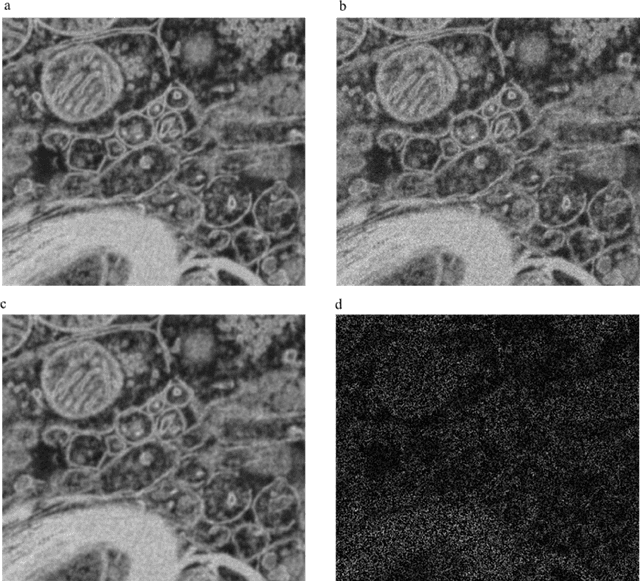

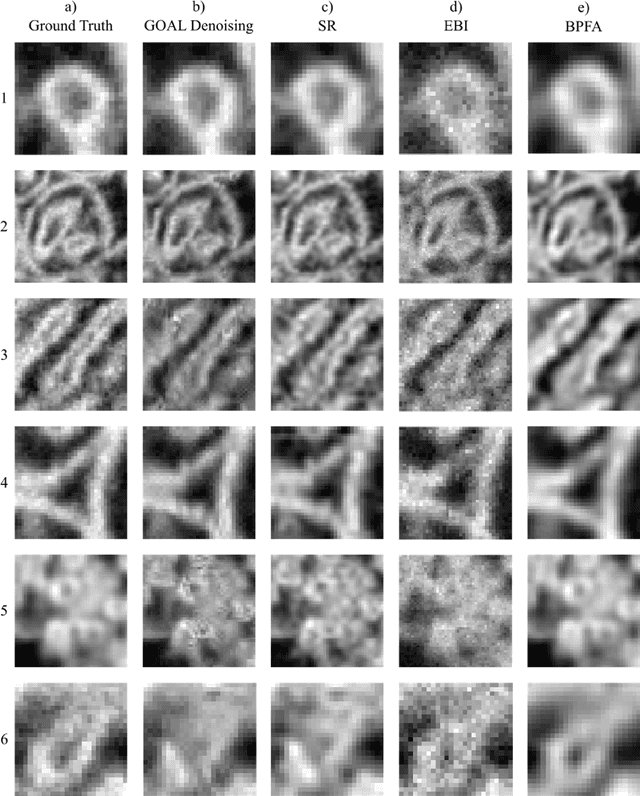
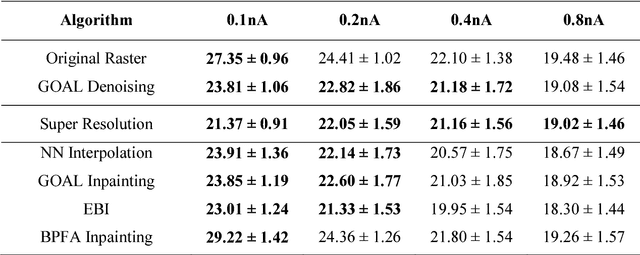
Abstract:In scanning electron microscopy, the achievable image quality is often limited by a maximum feasible acquisition time per dataset. Particularly with regard to three-dimensional or large field-of-view imaging, a compromise must be found between a high amount of shot noise, which leads to a low signal-to-noise ratio, and excessive acquisition times. Assuming a fixed acquisition time per frame, we compared three different strategies for algorithm-assisted image acquisition in scanning electron microscopy. We evaluated (1) raster scanning with a reduced dwell time per pixel followed by a state-of-the-art Denoising algorithm, (2) raster scanning with a decreased resolution in conjunction with a state-of-the-art Super Resolution algorithm, and (3) a sparse scanning approach where a fixed percentage of pixels is visited by the beam in combination with state-of-the-art inpainting algorithms. Additionally, we considered increased beam currents for each of the strategies. The experiments showed that sparse scanning using an appropriate reconstruction technique was superior to the other strategies.
Space-Filling Curve Indices as Acceleration Structure for Exemplar-Based Inpainting
Dec 18, 2017
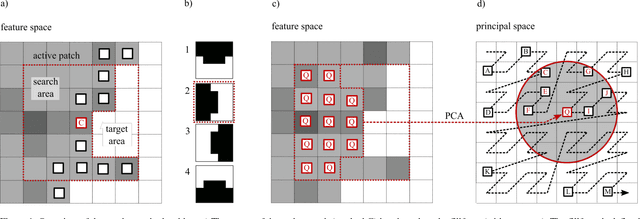
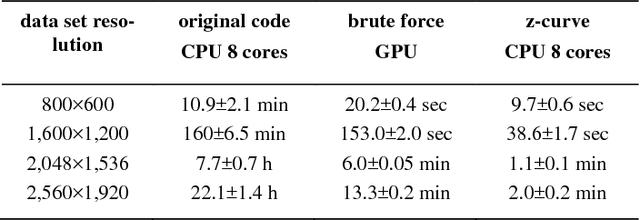
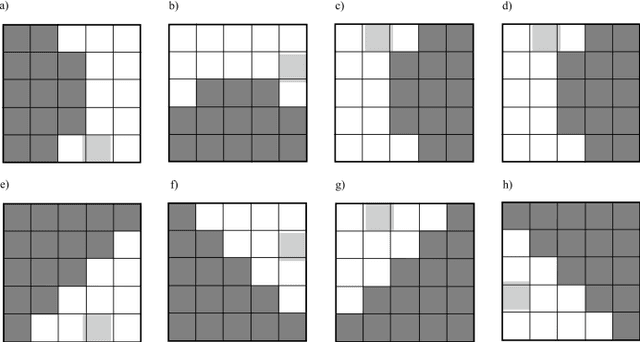
Abstract:Exemplar-based inpainting is the process of reconstructing missing parts of an image by searching the remaining data for patches that fit seamlessly. The image is completed to a plausible-looking solution by repeatedly inserting the patch that is the best match according to some cost function. We present an acceleration structure that uses a multi-index scheme to accelerate this search procedure drastically, particularly in the case of very large datasets. The index scheme uses ideas such as dimensionality reduction and k-nearest neighbor search on space-filling curves that are well known in the field of multimedia databases. Our method has a theoretic runtime of O(log2 n) per iteration and reaches a speedup factor of up to 660 over the original method. The approach has the advantage of being agnostic to most modelbased parts of exemplar-based inpainting such as the order in which patches are processed and the cost function used to determine patch similarity. Thus, the acceleration structure can be used in conjunction with most exemplar-based inpainting algorithms.
 Add to Chrome
Add to Chrome Add to Firefox
Add to Firefox Add to Edge
Add to Edge